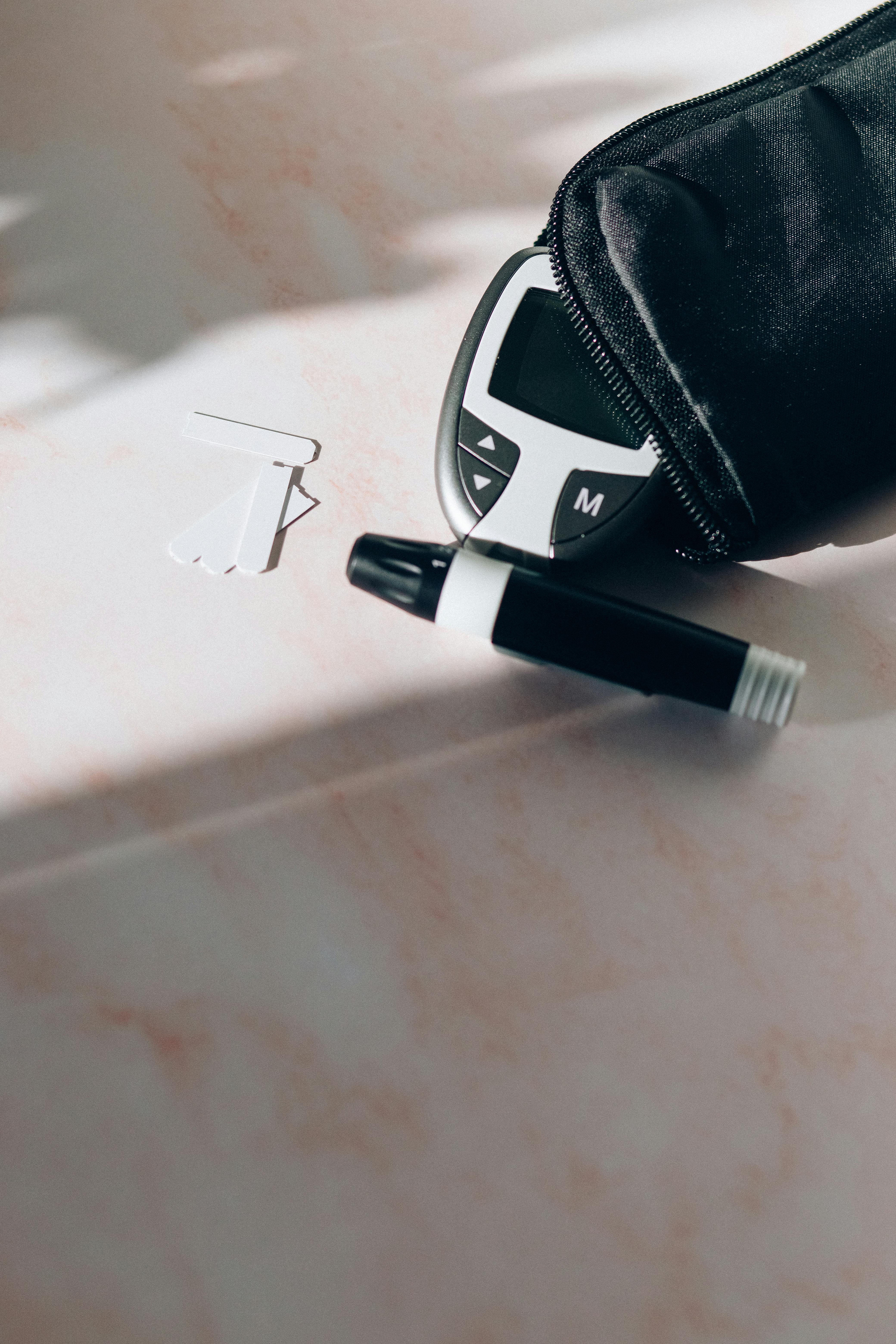Essential Guide to Savannah Monitor Diet for Optimal Health in 2025

Essential Guide to Savannah Monitor Diet for Optimal Health in 2025
Understanding the diet of the savannah monitor is crucial for ensuring optimal health and longevity in these fascinating reptiles. As a popular exotic pet choice, savannah monitors require a well-structured feeding regimen to meet their unique dietary needs. In this guide, we will explore the essential components of a balanced diet for savannah monitors, emphasizing their preferred prey items and nutritional requirements. Additionally, we will delve into feeding behaviors, supplementation strategies, and common dietary mistakes to help you better manage the dietary needs of your savannah monitor.
By following these guidelines, you will not only enhance your savannah monitor's health but also improve its overall quality of life. Our comprehensive roadmap will cover every aspect of feeding savannah monitors, including their predilections in the wild and in captivity, vital nutrients necessary for growth, and tips for creating a healthy feeding schedule. As you read on, you'll uncover valuable insights that will aid in effectively nourishing your beloved reptile companion.
Let's dive into the essential components of a thriving diet for your savannah monitor and learn how to cater to their unique nutritional requirements.
Key Nutritional Components for a Balanced Diet
Understanding the fundamental nutritional needs of savannah monitors is vital for their health. These lizards are primarily insectivorous, thriving on a diet that closely resembles what they would consume in their natural habitat. A balanced diet typically includes a variety of protein sources, essential vitamins, and minerals necessary for growth and maintenance.
Essential Protein Sources
Protein is a crucial part of a savannah monitor's diet. They require high-protein meals to support muscle growth, organ function, and overall vitality. Common protein sources include:
- Live insects such as crickets, mealworms, and waxworms
- Small rodents like mice
- Occasional fish and commercially prepared lizard diets
When feeding live prey, it's essential to ensure that they are gut-loaded with nutrients. This practice increases the nutritional value of the insects consumed by the monitors.
Understanding Vitamin Needs
Vitamins play a crucial role in the overall health of savannah monitors. Key vitamins include:
- Vitamin D3: Important for calcium absorption
- Vitamin A: Supports vision and immune function
- Vitamin E: Helps with reproductive health and antioxidant defense
Supplements can be essential, especially if your savannah monitor primarily receives a diet lacking in these vitamins. Incorporating a good quality reptile multivitamin is advisable to meet the dietary gaps.
Incorporating Calcium Sources
Calcium is vital for strong bones and overall health in savannah monitors. Without it, monitors can suffer from metabolic bone disease. Popular sources of calcium include:
- Calcium supplements, dusted on their food
- Calcium-rich insects, such as cockroaches
- Occasional leafy greens like collard greens or kale
Maintaining a balanced calcium-to-phosphorus ratio is critical to promoting optimal health in these lizards. Regular monitoring of their dietary intake ensures that they receive the necessary calcium for strong bones.
Feeding Schedule and Frequency
Once you have established a guideline for your savannah monitor’s dietary components, the next step is to determine an appropriate feeding schedule. A well-planned feeding regimen is vital to their health and well-being.

Feeding Adult Savannah Monitors
Adult savannah monitors should be fed every 2-3 days, providing larger meals during each feeding session. This approach mimics their natural hunting behavior, allowing them to consume more substantial prey items when available. It's important to adjust meal sizes based on the rehabilitation needs of the lizard, taking note of whether the animal is gaining or losing weight.
Feeding Young Savannah Monitors
Juvenile savannah monitors require more frequent feedings due to their growth phases. They should be fed daily with smaller portions to promote healthy growth. Live insects are an excellent choice for their diet, and a diverse offering every day will keep them engaged and happy. This approach helps them develop a strong feeding pattern early on.
Monitoring Feeding Habits
Observing your savannah monitor's feeding behavior provides vital insights into their health. Look for signs of food refusal, lethargy after meals, or excessive weight gain. Keeping a record of their feeding habits will assist in identifying any potential health issues early on. Adjustments to their feeding schedule might be necessary based on these observations.
Common Feeding Mistakes to Avoid
Over-Feeding and Under-Feeding
One of the most common pitfalls in providing for savannah monitors is improper portion sizes. Over-feeding can lead to obesity, while under-feeding can stunt growth. Ensure the portions are appropriate for your lizard's age, size, and activity level. It's crucial to maintain a balanced feeding lifestyle for the monitor to thrive.
Neglecting Supplementation
Failure to provide proper supplementation can lead to severe health issues in savannah monitors. Regularly dusting food with essential vitamins and minerals ensures that all nutritional needs are met. Assess your monitor’s health regularly, especially those in captivity, where environmental factors differ from their natural habitat.
Failing to Offer Variety
A monotonous diet might not provide all the nutrients necessary for your monitor's health. It's crucial to incorporate a variety of food sources—such as insects, vegetables, and commercial diets—to ensure the monitors receive a balanced nutritional intake. Switching up their diet can also help reduce the risk of food aversion behaviors.
Understanding Eating Behaviors
Understanding the feeding behaviors of savannah monitors can make a significant difference in effectively providing for their dietary needs.

Feeding Habits in the Wild
In the wild, savannah monitors exhibit opportunistic feeding behaviors, consuming whatever prey is available. They are primarily insectivorous but will include small mammals and sometimes carrion as part of their diet. Observing these behaviors in a controlled environment can help guide proper feeding practices.
Introduction to Live Feeding and Its Benefits
Live feeding can simulate hunting behaviors, stimulating your savannah monitor's natural instincts, which is beneficial for their mental well-being. However, it is vital to monitor their feeding closely and prevent any potential aggression or feeding issues.
Placement and Presentation of Food
The way you present food can significantly impact your savannah monitor’s feeding behaviors. Offering food in an appropriate habitat mimicking their natural environment encourages their instincts and interest during mealtime. Refrain from placing food in plain sight for long periods to emulate the challenges they would face when hunting in the wild.
Q&A Section
What should I feed my savannah monitor?
Your savannah monitor's diet should consist of a mixture of insects (like crickets and mealworms), small rodents, occasional fish, and a balanced commercial lizard diet.
How often should I feed my savannah monitor?
Adults should be fed every 2-3 days, while juveniles require daily feedings.
Do savannah monitors require supplements?
Yes, vitamins and calcium supplements are crucial for their health, especially if their diet lacks diversity.
Can I feed my savannah monitor vegetables?
While they are primarily insectivorous, small amounts of leafy greens can be provided as a source of fiber and additional nutrients.
What common mistakes should I avoid when feeding my savannah monitor?
Avoid overfeeding, underfeeding, neglecting supplements, and providing a monotonous diet.
By researching and understanding savannah monitor feeding practices and implementing the best strategies, you'll be able to care for your pet effectively, ensuring it enjoys a healthy and happy life.
Ultimately, providing the right diet for your savannah monitor is paramount in achieving optimal health for these incredible reptiles in 2025 and beyond.